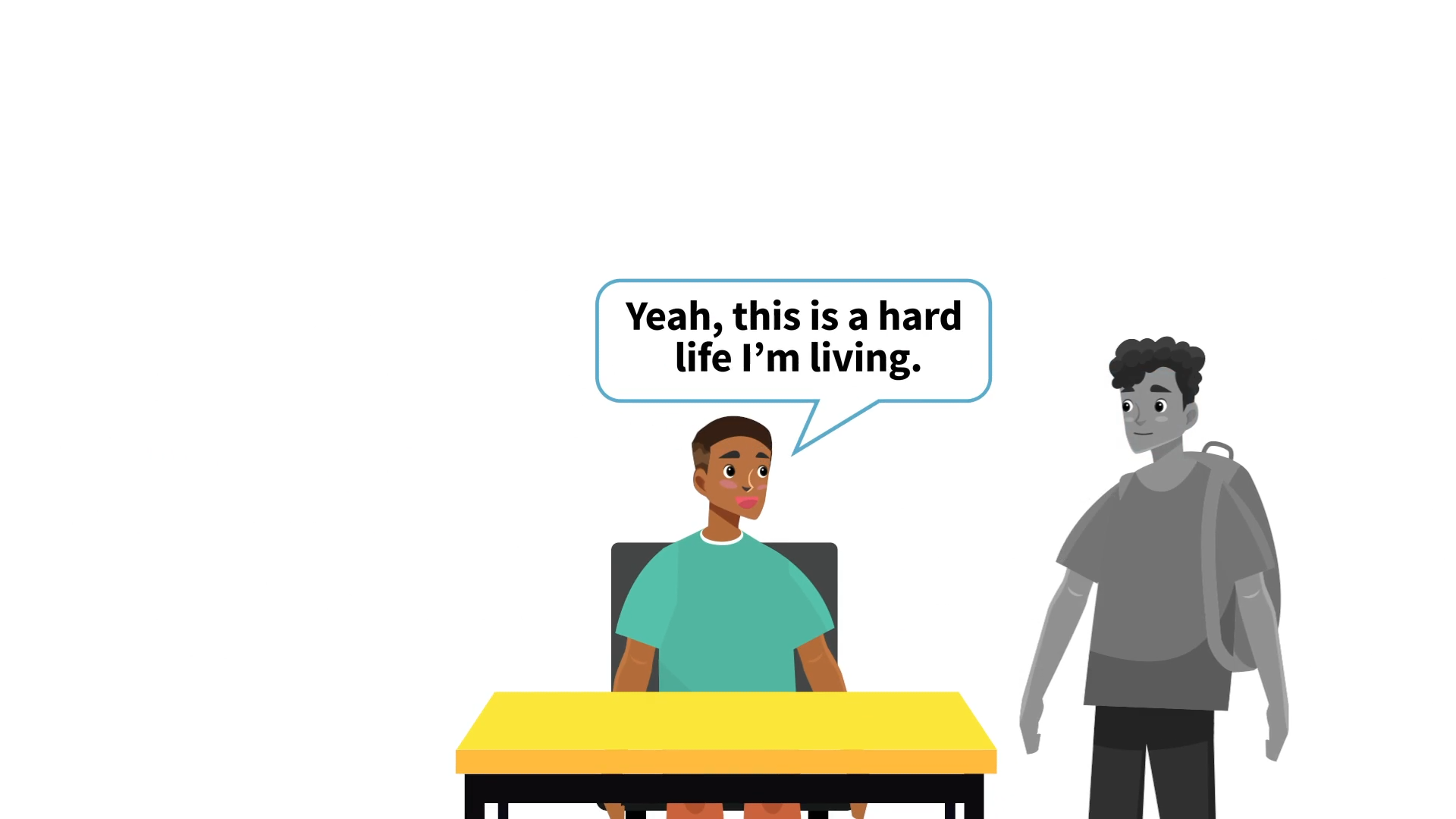
Introduction
Sarcasm is a common form of communication that can be challenging for students to understand. It is a type of disguised thought, where a person’s words have more than one meaning. People often use sarcasm to be funny or make a point. In this blog post, we will explore techniques for teaching students how to identify sarcasm and understand disguised thoughts, which are essential components of social-emotional learning.
No-Prep Activity: Sarcasm Detectives
This activity requires no preparation or materials from the educator. Divide your students into pairs or small groups and have them act as “Sarcasm Detectives.” Provide them with a list of common sarcastic phrases or scenarios (e.g., “Great job!” when someone makes a mistake, or “Nice weather we’re having” during a rainstorm). Instruct students to discuss each scenario and identify the sarcasm using the following steps:
- Listen to the person’s tone of voice.
- Think about the words they use and the situation you’re in.
- Read the person’s mood to figure out if they’re being serious or not.
After each group has completed their discussions, have them share their findings with the class. This activity helps students practice recognizing sarcasm and understanding disguised thoughts in a fun and engaging way.
Discussion Questions
- Why do people use sarcasm? What are some situations where it might be appropriate or inappropriate?
- Can you think of a time when you misunderstood someone’s sarcasm? How did it make you feel? How did you resolve the misunderstanding?
- How do you think sarcasm and disguised thoughts can affect our relationships with others? What strategies can we use to communicate more clearly?
- What are some other examples of disguised thoughts besides sarcasm? How can we recognize and understand them?
- Do you think sarcasm is always meant to be funny or can it sometimes be hurtful? How can we be more mindful of how our words affect others?
Related Skills
Recognizing sarcasm and understanding disguised thoughts are essential skills for social-emotional learning. Other related skills that students can benefit from include:
- Active listening: Paying attention to both verbal and non-verbal cues to understand others.
- Empathy: Putting oneself in another person’s shoes to better understand their feelings and perspectives.
- Non-verbal communication: Interpreting body language, facial expressions, and other non-verbal cues to understand the emotions and intentions of others.
- Conflict resolution: Developing the ability to address disagreements and misunderstandings in a constructive and respectful manner.
Next Steps
Teaching students to recognize sarcasm and understand disguised thoughts is an essential part of fostering healthy communication and social-emotional learning. If you’re interested in exploring more activities and resources for teaching these skills and others, we encourage you to sign up for free samples at Everyday Speech. These materials are designed to help you effectively teach students the skills they need to navigate social situations and build strong relationships with others.

